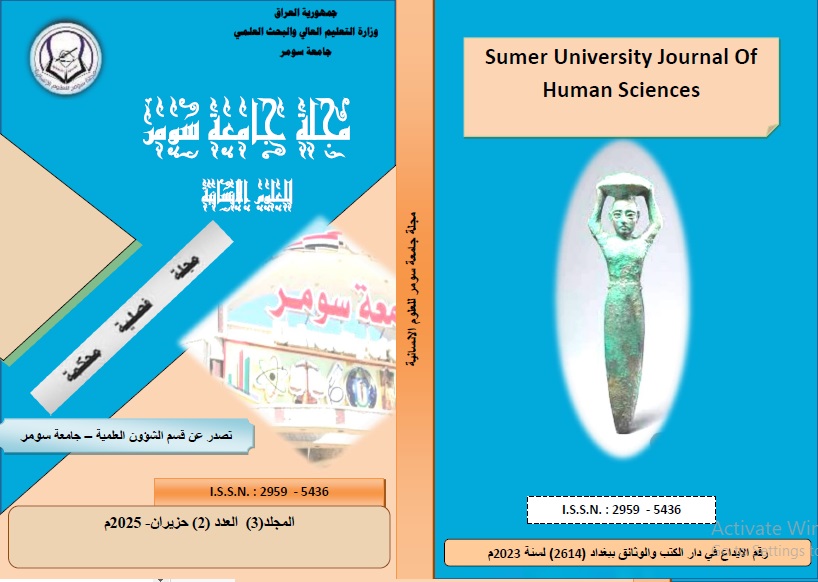Semantic views on morphological issues and the Holy Qur’an, an analytical and critical reading
Abstract
Arabic scholars and commentators have expressed their semantic opinions on many morphological issues. Some of them were accurate and sound opinions that were consistent with the Quranic objectives and constituted a reliable basis and reference for clarifying the intended Quranic morphological meaning. Others were inaccurate, did not conform to the Quranic semantic objectives, and could not be relied upon to accurately understand the meaning. This research attempted to shed light on the inaccurate morphological semantic opinions that were not consistent with the Quranic semantics, such as their saying that the verb "istajaba" means "ajaba" and they were understood as one meaning without any semantic difference between them. This saying cannot be accepted at all because it contradicts the Quranic contexts on the one hand, and the semantic rule established by morphologists that an increase in a morphological structure often indicates an increase in its meaning on the other hand. Another example is the opinion that the construction of "na'mah" (with a fat-ha on the letter "nun") as a noun once denotes a single blessing in the Holy Quran, which is a worldly blessing that is despised by God. This meaning cannot be accepted and accepted absolutely. Because the formula Na'mah (with the first letter of the word open) is not a noun of time, nor does it indicate a single blessing, nor is it despised by God Almighty, rather it
indicates an absolute source, and its meaning is: comfort, luxury, and comfortable living, not a single blessing..


